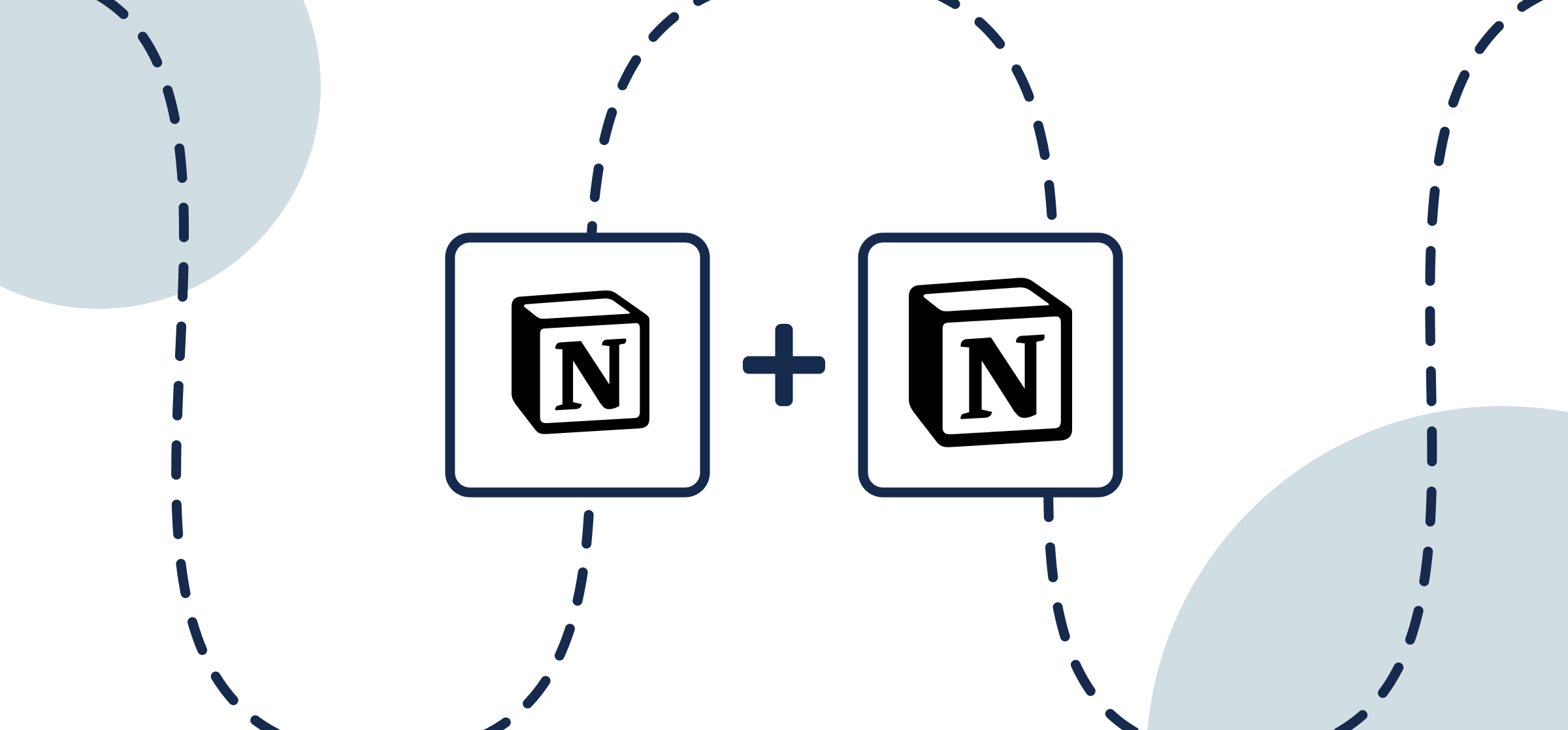Popular articles
Latest articles

Value Statement: How to Write One for Your Company [With Examples]
There’s never been a more crucial time to create or update your organization’s value statement. With more and more companies turning to remote work, this statement will help you ensure that your distributed team is aligned and engaged.

What Is a Subject Matter Expert?
You have a burning question. You asked your desk-mate, people on your team, and your direct manager. Your question was met with shrugs, hesitation, and a suggestion that you ask a subject matter expert. Maybe they even threw the acronym SME at you. So how do you find a subject matter expert?

12 of the Best Sales Report Templates for Your Teams
The right sales report template can save you a ton of time with essential sales reports. Here are some of the best.

How To Embed a Google Calendar in Notion (3 Methods)
Need to see your meetings in Notion? Here are two ways you can embed your Google Calendar events in a Notion page.

What is a Project Status Report? (and How to Write One)
A project status report is essentially a quick check-in on a project’s progress. Here’s how you can create one, what the benefits are, and more.

Azure DevOpS: Project Management Made Easy for Agile Teams
Ready to stay agile with Azure DevOps project management? Here’s all you need to know about running projects in ADO like a pro.

21 Tips for Managing Remote Teams
Leading a remote team and don’t know where to go for help? Look no further. Learn how to manage remote staff with 21 easy tips.

What Is a Team Coordination Workflow?
If your team coordination workflow isn’t moving smoothly, you’re getting overwhelmed, and your team is getting frustrated. Here’s how we prevent that.

12 Key Customer Engagement Metrics to Measure Customer Satisfaction
Customer engagement metrics like churn rate, conversion rate, and more help your business track how effective different initiatives are.

It’s Time To Say Goodbye to the Single Source of Truth
Is a single source of truth possible? Maybe. Is it worth the effort? Probably not. So what should you be doing instead? Let’s dive in.

How to Sync and Merge Multiple Notion Pages with Automated 2-Way Updates
Here’s how to automatically connect, sync, merge and integrate multiple Notion pages across databases and workspaces!







